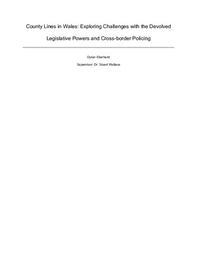Estimating the Extremal Index and Its Uncertainty
In statistics, we usually start with a model: it comes with parameters, and our task is to estimate them from data. But in practice, no estimator is perfect. Most theory is asymptotic, meaning that it assumes infinitely large samples, while in reality, we only ever work with finite data. That is why confidence intervals often matter more than the raw estimator itself.
My project focused on the extremal index θ, a parameter describing how extreme events cluster in time series. The poster presents two approaches to quantify its uncertainty: the bootstrap method, which already existed but is computationally very demanding, and a newly developed analytical formula based on influence functions. Developing, testing, and applying this new method was the core of my project, and the results show that it matches the bootstrap very closely while being much faster !! This speed not only saves time but also makes it possible to push the theory further and examine how precise this uncertainty really is, something that was out of reach before.
The details of the methodology will appear in my full report.
For me, this project was a chance to connect theory and practice: building intuition, testing it through simulations, and refining my understanding along the way. I also grew in coding and in communicating results clearly. It was a truly enriching experience, and I’m grateful for the opportunity.
If you’d like to discuss or know more about the details, feel free to reach out ! :)





Please sign in
If you are a registered user on Laidlaw Scholars Network, please sign in